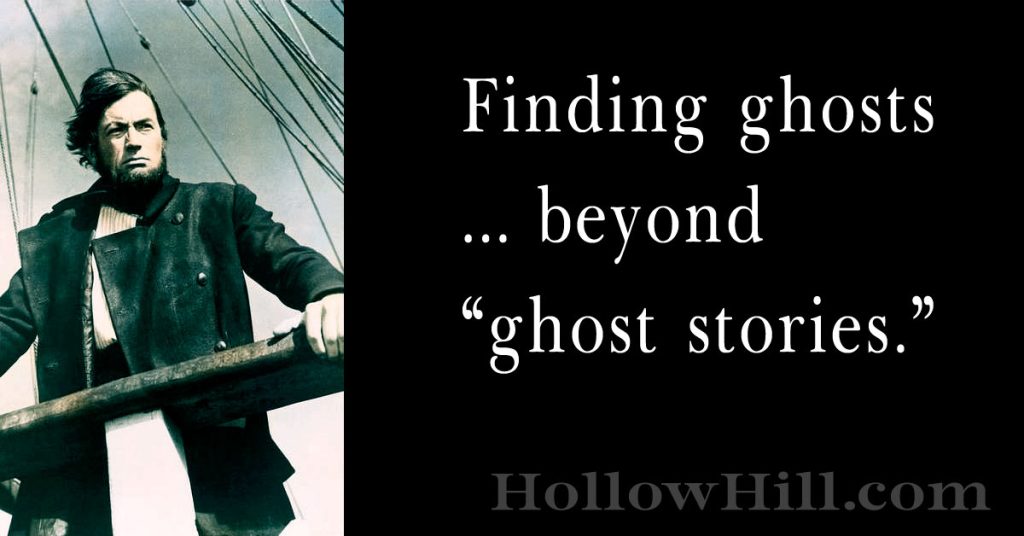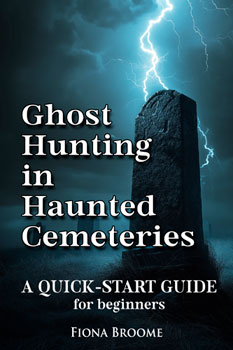As an Amazon Associate I earn from qualifying purchases. Click for details.
If you’re like me, you’re always looking for fresh, undiscovered haunts. Not mild, “well, I suppose that might be a ghost” sites, but locations where ghostly activity is so vivid, it’s almost terrifying.
I’ll tell you a secret.
I use history and legends to find ghosts and haunted places.

Here’s an extreme example: The True-Life Horror That Inspired Moby-Dick, from the Smithsonian website.
** I do not recommend reading that article if real horror disturbs you. **
It’s a great example of resources “hiding in plain sight” when we’re looking for fresh places to investigate.
As I skimmed that story, I was intrigued.
This may seem morbid (ghost research often is), but my first thought was, “Is Captain Pollard’s home haunted?”
Searching historical records to identify where that site is located… Well, I might recommend it to ghost hunters.
(If I have the Pollard location right – and this was only a fast, cursory search – that Nantucket (MA) building was at risk of being torn down in 2021. However, at first glance, it looks like Zillow currently lists it as “off the market.”)
Then I’d go a step further: I’d look at the list of other survivors of that voyage, and find where they lived – and died – after that horrific experience.
And that thought led to another:
How often do we limit ourselves, looking only at famous sites where people died or are buried?
What about other, associated locations where horror happened, and where survivors relived it in their minds? At the very least, that would have left an imprint on the site.
The Smithsonian article was a reminder that the past – even the mid-19th century – had brutal elements beyond anything we’d want to think about.
For me, reading about Captain Pollard’s life and tragic voyage, I learned two things:
- Intensely “haunted” sites may be found by digging deeper into history, such as the residences of those who sailed on the real-life Pequod.
- We may be over-simplifying, or even whitewashing, the related tragic histories. Historical research could help us understand and empathize with the lingering, ghost-like residual energy of haunted sites.
In ghost hunting, there’s always a fresh way to look at our research.
For me, the real-life horror behind the Moby-Dick novel is an intriguing discovery. And it opens doors – perhaps literally – to fresh places to investigate.
If you’d like to test this approach to ghost hunting, here are the basic steps I’d take:
- Search online using a phrase like “[location] tragedy [year].” (I’d focus on the 19th century, to start with.)
- Then, research the address to see what’s there. (You can use a site like Zillow to find photos.)
- Investigate it.
- Look for names of people related to that tragedy… victims and villains.
- Find out where their graves are, and investigate them.
- Research other sites related to those people, especially homes, hotels, and failed businesses.
- Investigate them.
- Repeat using “[location] legends,” and dig deeply into history to uncover true (or likely true) odd and dramatic events, and so on.

Do you just want to see a ghost? This short video may help.
For more on that topic, see my longer article, How to See a Ghost.
Find ghosts tonight!
Ghosts may linger in your hometown, maybe even a few blocks from where you are right now.
 GHOST HUNTING IN HAUNTED CEMETERIES – A Quick-Start Guide for Beginners
GHOST HUNTING IN HAUNTED CEMETERIES – A Quick-Start Guide for Beginners
FIND GHOSTS TONIGHT! Learn how to find the most frightening, haunted graves in a cemetery near you.
IF YOU’RE A BEGINNER, YOU’LL DISCOVER:
– HOW to find a haunted cemetery near you.
– WHAT to look for (AND look out for).
– HOW to organize for the fastest (and scariest) results in ANY haunted cemetery.
– WHEN to arrive at the site, and how to avoid real-life dangers
– WHERE you’ll find the scariest ghosts… and sometimes malicious spirits.
– How long to stay… and WHEN TO LEAVE AS QUICKLY AS YOU CAN!.
YOU CAN START TONIGHT. Read this book. It’s short but you’ll learn the basics.
Then go out and find real ghosts!
Available as an eBook at Amazon and other booksellers. (This is the updated edition of “A Beginner’s Guide to Ghost Hunting in Haunted Cemeteries.”)
